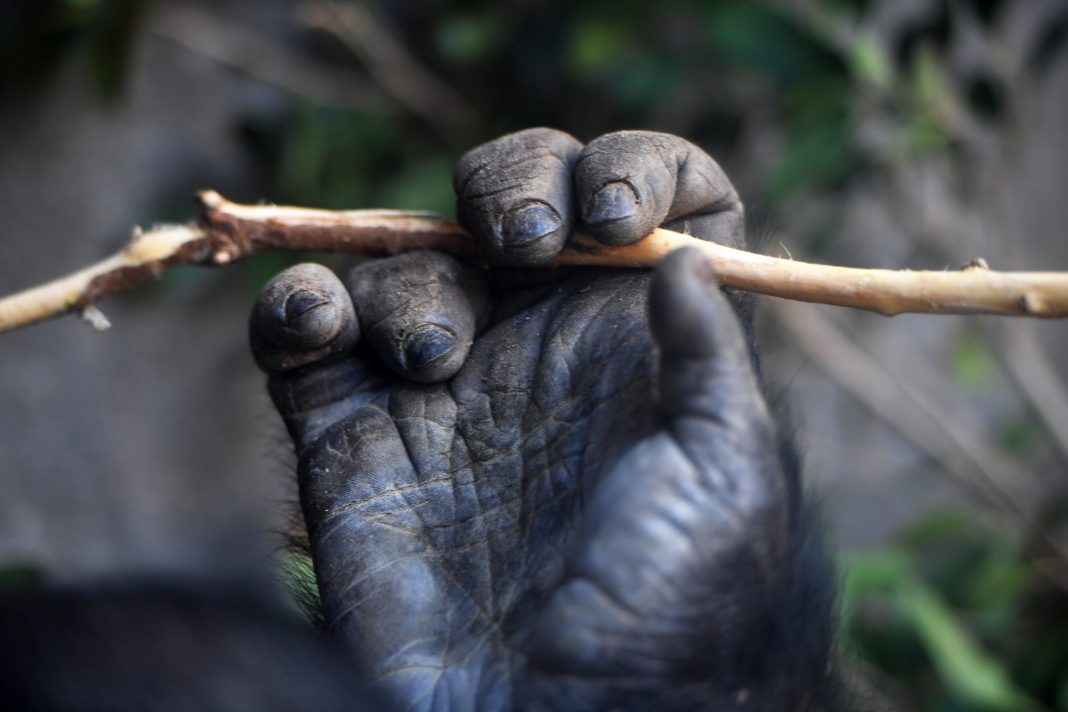Professor Gun-Sik Park, in the Department of Physics and Astronomy at Seoul National University explores the function of fingerprints from a lens of understanding the mechanism of our human ability to grip
The regulation of moisture levels in fingerprints has been found to play a crucial role in optimizing grip and maximizing friction. Our study revealed that the function of fingerprints is to control the hydration of the fingertips, allowing for precision gripping.
To understand the hydrodynamics of the fingerprint, we used electromagnetic waves in various frequency ranges, including megahertz, terahertz, infrared, and visible light. Our results showed that the fingerprint structure acts as a capillary channel for evaporation, leading to a steady-state hydration condition in either dry or wet conditions.
This research sheds light on the little-understood mechanism of grip in humans, primates, and koalas. Our findings suggest that the fingerprints function as a capillary evaporating channel, contributing to precision grip.
The function of fingerprints
The function of fingerprints has been a topic of interest for some time, with the long-standing belief being that fingerprints help increase friction for better grip. However, recent research has challenged this notion and has instead shown that the ridges of fingerprints actually reduce friction by reducing the contact area. The only established function of fingerprints has been found to be their modulation of friction when rubbed against a finely abraded surface, which enhances tactile sensitivity.
This discovery has led to the development of various tactile stimulating devices, including artificial fingers, used as friction sensors. Further studies have aimed to uncover the relationship between fingerprints, tactile perception, and gripping. It has been suggested that fingerprints greatly change the contact area and friction coefficient as grip force increases, potentially aiding in precision manipulation and gripping tasks.
Despite the advances in our understanding of the relationship between fingerprints and grip, there has been no conclusive evidence that fingerprints assist in gripping. There is still a hypothesis about the role of fingerprints in draining moisture to aid in grip in humid environments. Excessive moisture on the skin can act as a lubricant, reducing friction and causing slipping, however, the hydration level of fully occluded fingerprint skin does not exceed a certain value while gripping. It has been observed that the moisture control of the fingertips tends towards a value that maximizes friction during gripping.

The fingerprint acts as a capillary tube
Several studies have been published that focus on the friction and lubrication of human skin, with results indicating that there is still an unknown mechanism for regulating moisture to optimize the gripping of ridged skin.
In this study, we discovered that the fingerprint acts as a capillary tube where moisture evaporates at the meniscus between the object being held and the fingerprint. This helps maintain a steady-state moisture level, maximizing friction and providing optimal grip. We observed the dynamics of moisture over occlusion time using electromagnetic waves in various regimes, including terahertz and infrared waves and visible light. Our results showed that the hydration level reaches a steady state after around 180 seconds, regardless of whether the fingerprint is “wet” or “dry.” The steady-state hydration levels, friction forces, and occlusion times are dependent on the individual fingerprint’s structures and properties, as well as environmental factors like humidity. Our study also confirmed the tendency for hydration to increase exponentially in “dry” fingerprints and decrease linearly in “wet” fingerprints, as seen through IR waves with optical coherence tomography (OCT).
A microfluidic system at our fingertips
We found that only ridged skin, such as the skin on a fingerprint, can attain a steady-state hydration in the fully occluded state, not flat skin like that on the chest, forearm, or thigh. By using a charged-coupled device (CCD) camera and OCT, we directly visualized the movement of moisture in individual fingerprints over time and observed that evaporation leads to the shedding of excess water through the fingerprint and accumulation of water in the fingerprint valley. This “wet” system of fingerprint-moisture-glass can be considered a microfluidic system, where water films can be trapped by capillarity along the two sharp corners of the interface between the fingerprint and glass.
In conclusion, the function of fingerprints as a capillary channel naturally regulates moisture to maintain optimal friction for gripping. This insight could be useful in the design of tactile sensing devices and optimized haptic interfaces, particularly in developing artificial fingers for human-like touching and gripping.
References
- PNAS|December 15, 2020|vol.117|no. 50|31665–31673
Seoung-Mok Yum, In-Keun Baek, Dongpyo Hong, Juhan Kim, Kyunghoon Jung, Seontae Kim,Kihoon Eom, Jeongmin Jang, Seonmyeong Kim, Matlabjon Sattorov, Min- Geol Lee, Sungwan Kim,Michael J. Adams, and Gun-Sik Park


This work is licensed under Creative Commons Attribution-NonCommercial-NoDerivatives 4.0 International.


